Best Respirator for Painting Cars – 2025 Buyer’s Guide & Top Picks
Painting cars is a rewarding but hazardous task. Automotive paints contain strong solvents, chemicals, and fine particles that can seriously harm your lungs and overall health if inhaled. To protect yourself, wearing the best respirator for painting cars is non-negotiable.
Whether you’re a professional auto painter or a DIY enthusiast, having the right respirator ensures you breathe clean air while getting flawless paint finishes. In this comprehensive 2025 guide, we’ll cover how to choose the best respirator for car painting, the top respirators on the market, safety standards, and maintenance tips.
Why You Need a Respirator for Painting Cars
Automotive paint contains volatile organic compounds (VOCs), isocyanates, solvents, and fine spray particles. Exposure can cause:
- Respiratory irritation and damage
- Allergic reactions or asthma
- Long-term lung diseases
- Headaches and dizziness
A respirator filters out harmful chemicals and particles from the air, allowing you to breathe safely. Ordinary dust masks or surgical masks don’t provide adequate protection.
Types of Respirators for Painting Cars
1. Half-Face Respirators
- Covers nose and mouth.
- Uses replaceable cartridges and filters.
- Lightweight and comfortable.
- Provides good protection against paint fumes and particles.
- Suitable for most spray painting jobs.
2. Full-Face Respirators
- Covers entire face including eyes.
- Provides respiratory protection plus eye protection.
- Essential for toxic paints and prolonged exposure.
- Bulkier and more expensive.
3. Powered Air-Purifying Respirators (PAPRs)
- Battery-powered blower pushes filtered air into the mask.
- Offers maximum comfort and protection.
- Ideal for professional or long-duration painting.
- Expensive but reduces breathing resistance.
Key Features to Look for in a Respirator for Car Painting
1. Filter Type
- Look for organic vapor cartridges combined with P100 particulate filters.
- P100 filters capture 99.97% of airborne particles including paint spray.
- Organic vapor cartridges remove harmful VOCs.
2. Comfort and Fit
- Adjustable straps and a good seal are crucial.
- Silicone facepieces tend to be more comfortable.
- Multiple sizes increase chances of a proper fit.
3. Visibility
- For full-face respirators, a clear anti-fog lens is essential.
- Wide field of vision helps paint accuracy.
4. Durability
- Sturdy construction for repeated use.
- Easy-to-clean materials.
5. Certification
- Ensure respirator meets NIOSH (National Institute for Occupational Safety and Health) standards.
- Look for approval labels on filters and cartridges.
Top 6 Best Respirators for Painting Cars in 2025
1. 3M Full Facepiece Reusable Respirator 6800
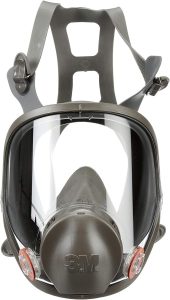
- Type: Full-face
- Features: Large lens for great visibility, compatible with 3M cartridges, soft silicone facepiece.
- Pros: Excellent seal, durable, easy to clean.
- Cons: Higher price.
- Best for: Professional painters needing full protection.
2. 3M Half Facepiece Reusable Respirator 7502

- Type: Half-face
- Features: Lightweight, soft silicone, adjustable straps.
- Pros: Comfortable, compatible with various cartridges.
- Cons: Doesn’t protect eyes.
- Best for: DIY and light professional use.
3. Honeywell North 7700 Series Half Mask Respirator
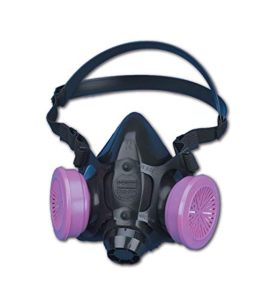
- Type: Half-face
- Features: Soft silicone, secure fit, exhalation valve for comfort.
- Pros: Durable, affordable.
- Cons: May require separate eye protection.
- Best for: Budget-conscious users.
4. GVS SPR457 Elipse P100 Half Mask Respirator

- Type: Half-face
- Features: Ultra-lightweight, low-profile design.
- Pros: Comfortable for long wear, excellent filtration.
- Cons: Less face coverage.
- Best for: Extended use with minimal bulk.
5. 3M Versaflo TR-600 PAPR Respirator
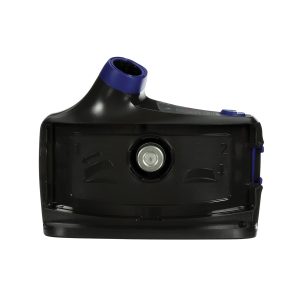
- Type: Powered Air Purifying Respirator
- Features: Battery-powered blower, full head and neck coverage.
- Pros: Maximum comfort, reduces breathing effort.
- Cons: High cost.
- Best for: Professionals needing maximum protection.
6. Paintball Full Face Respirator Mask
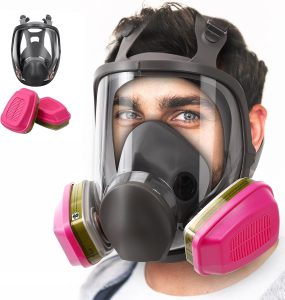
- Type: Full-face alternative (for very light tasks)
- Features: Full face seal and clear lens.
- Pros: Cheap and simple.
- Cons: Not NIOSH certified, limited chemical protection.
- Best for: Hobbyists with low exposure.
How to Properly Use and Maintain Your Respirator
Fit Testing
- Always perform a fit check before each use.
- Adjust straps to ensure no air leaks.
Cartridge Replacement
- Replace cartridges when breathing becomes difficult or per manufacturer recommendations.
- Organic vapor cartridges typically last 8 hours of use.
Cleaning
- Wash the facepiece regularly with mild detergent.
- Avoid harsh chemicals that damage materials.
Storage
- Store respirator in a clean, dry place away from contaminants.
- Keep cartridges sealed when not in use.
Additional Tips for Safe Car Painting
- Work in a well-ventilated area.
- Wear protective gloves and clothing.
- Follow paint manufacturer safety guidelines.
- Use respirators even when working with water-based paints.
Frequently Asked Questions (FAQs)
1. What type of respirator is best for automotive painting?
A half-face respirator with organic vapor cartridges and P100 filters is best for most car painting. Full-face respirators offer eye protection as well.
2. Can I use a dust mask for painting cars?
No. Dust masks do not filter chemical vapors or fine paint particles. Proper respirators are essential.
3. How often should I change respirator cartridges?
Replace cartridges when you detect odors, difficulty breathing, or after about 8 hours of use.
4. Are N95 masks suitable for painting?
No. N95 masks filter particles but do not protect against paint vapors and solvents.
5. Can I reuse respirator cartridges?
Some cartridges can be reused if stored properly, but once contaminated, they should be replaced.
6. Is a full-face respirator necessary for car painting?
Full-face respirators provide eye protection, important when spraying toxic paints or working long hours.
7. How do I know if my respirator fits properly?
Perform a positive and negative pressure fit check before each use to ensure a proper seal.
8. Can I wear glasses with a respirator?
Some respirators accommodate glasses. Full-face models generally allow eyewear underneath better than half-face.
9. What is the difference between P100 and N95 filters?
P100 filters capture 99.97% of particles and filter oil-based particles. N95 filters capture 95% of non-oil particles.
10. How do I clean my respirator?
Disassemble and wash with warm water and mild detergent. Air dry completely before use.
Conclusion – Choose the Best Respirator for Your Car Painting Safety
Investing in the best respirator for painting cars protects your health and ensures better paint application. Whether you prefer the comfort of a half-face mask or the full protection of a powered respirator, prioritize fit, filter type, and certification.
Stay safe and paint confidently with the right respirator gear in 2025!

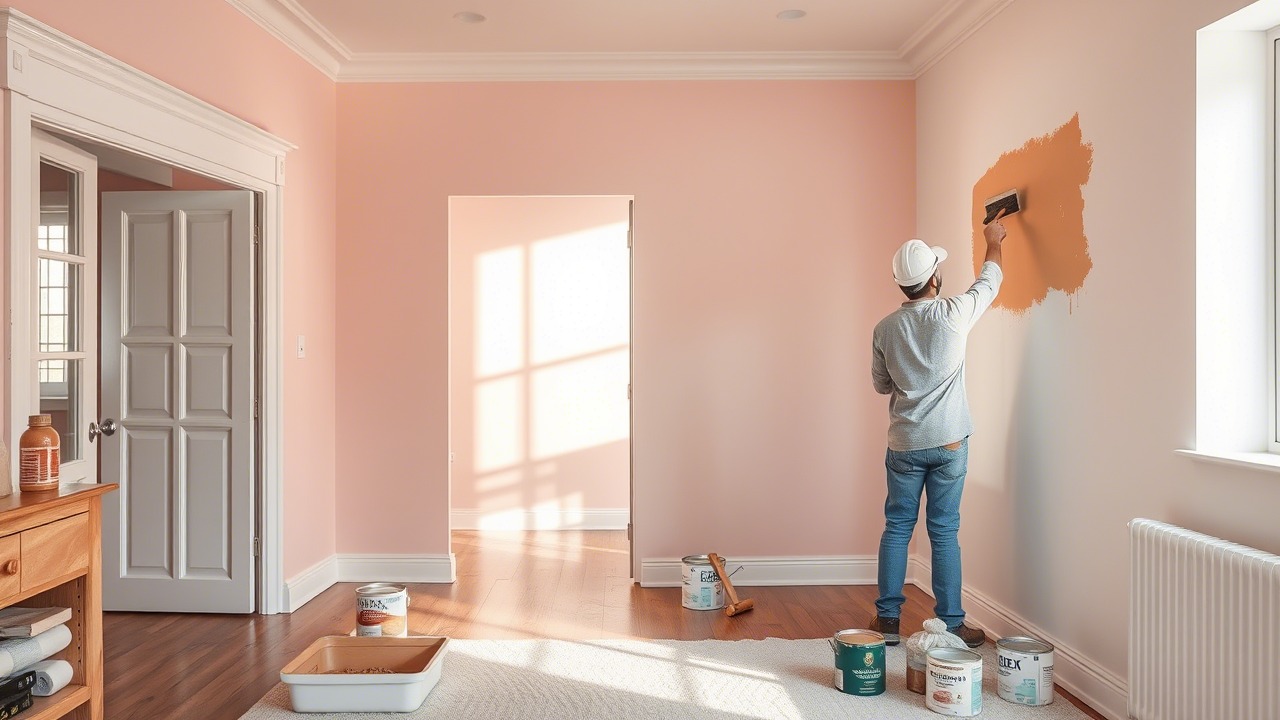
Leave a Reply